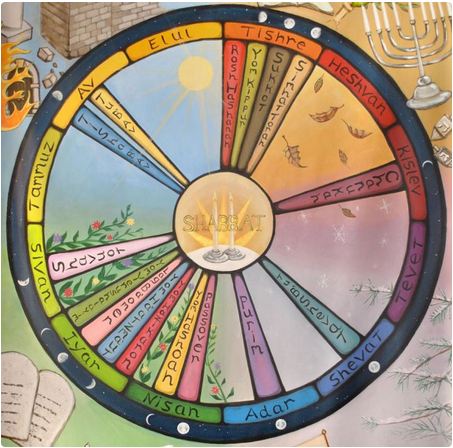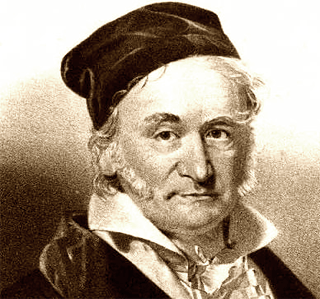Notice: Undefined variable: year in /home/akhost-1/analemma.ru/docs/articles/inc/en-easter.php on line 7
Сalculation of the Easter's date

The history of Easter goes back to the day of the Exodus of Jews from Egypt (14th of Nisan). This day is celebrated since that time as the feast of Passover. In Jewish calendar the beginning of Nisan month was the day of the first harvest, and later it was tied to the spring equinox - March 21. The calendar is lunar, for coordination with solar circles a 19-year Metonic cycle is used. Its duration is 6939,75 days, 228 solar months of the Julian calendar and 235 lunar (synodic) months, with 29.53 days duration. As the beginning of Nisan falls on the new moon, the 14th of Nisan corresponds to the full moon.
According to the New Testament, celebration of Passover in Jewish year 3760 in Jerusalem has coincided with the crucifixion of Jesus Christ, who rose on the third day after the execution. This day is celebrated in the Christian world as Easter. The first canonical tables for computing the date of Easter were adopted at the Council of Nicaea in IV century of our era. So called Alexandrian paschal tables became mandatory for all Christian churches. According to the established tradition, Easter is celebrated on the first Sunday after the first full moon after the vernal equinox. In fact, it would have to be the first Sunday after the Jewish Pesah... But no Jewish priests, nor Christian ones did really observe vernal equinox or full moon. They were computing the events instead. The problem is that the Churches use different calendars and algorithms.
In 1582 the Roman Church has reformed Easter's calculations, and presented Gregorian calendar, which was more accurate than Julian calendar. At the same time Gregorian calendar was aligned with real vernal equinox. The new tables for computing Moon phases and equinox became known as Gregorian paschal tables. Gradually, Gregorian calendar became our modern calendar, while old Julian calendar is still used by Orthodox Church for computing Easter and other holidays.

At the beginning of the last century, a Serbian mathematician Milutin Milankovitch
suggested a modification of Julian calendar, which is known as revised Julian calendar.
This calendar modifies leap year assignment rules,
but it is not used in secular society.
However, the Patriarchate of Constantinople and some Greek Orthodox churches use
the revised Julian paschal tables.
Nowdays, Jews, Catholics and Orthodox cristians celebrate Easter at different dates.
Each Church calculates the vernal equinox and first full moon by using different pashal tables.
Besides, Orthodox Easter should not be celebrated at the same time, or earlier than
Pesah, since the resurrection of Jesus chronologically follows his execution.
Entering year number in the form below, you'll know Gregorian and Julian date for Orthodox Easter, dates of Catholic Easter and Jewish Pesah as well. Gauss's algorithms are used to calculate Pesah and Orthodox Easter. For Catholic Easter computations an original algorithm suggested by Lilius/Clavius is used.
The cyclical nature of Julian calendar has the following features: 19 years equals 235 lunar months; every 28 years the days of the week fall on the same days of the same month; every 532 years Easter is celebrated on the same date. These numbers (19, 235, 28, 532) have interesting numerological pecularities: if you sum the digits in the numbers, the result is always 10, or Roman numeral X.
Till the end of this century the difference between the Julian and Gregorian calendars will be 13 days. After year 2100, which will not be a leap Gregorian year (but leap in Julian calendar), the gap will increase to 14 days. In general, the following Gauss's formula may be used:
D = C - 2 - C/4,
where C - the first two digits of the year, e.g. 20 till 2099 (20 - 2 - 20/4 = 13).